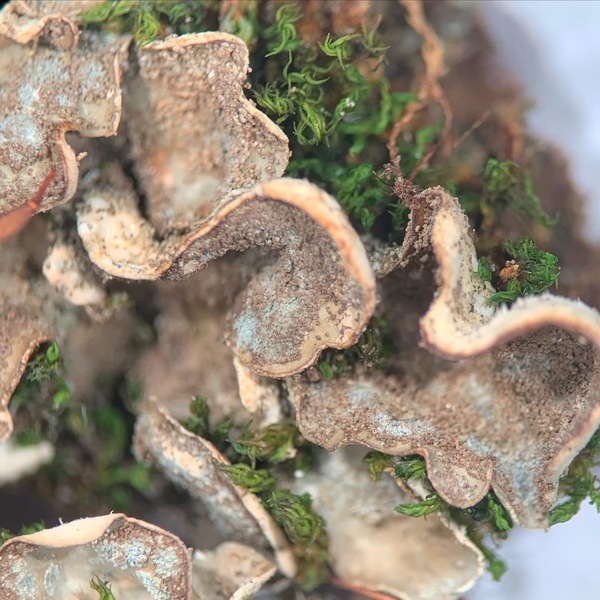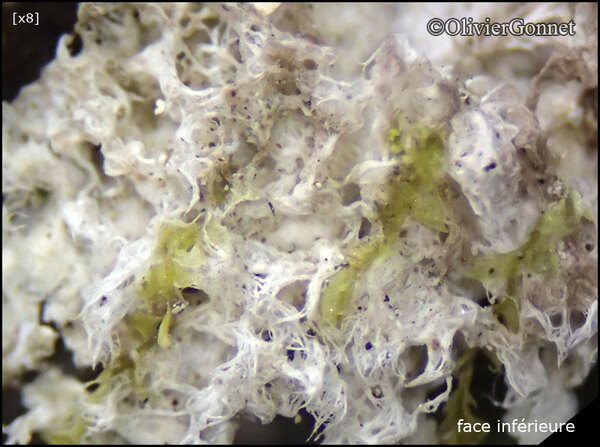Peltigera extenuata (Vain.) Lojka
Lichenoth. Univers., Fasc. 5: nr. 222, 1886. Basionym: Peltigera canina var. extenuata Nyl. ex Vain. - Meddeland. Soc. Fauna Fl. Fenn., 2: 49, 1878.
Synonyms: Peltigera didactyla var. extenuata (Nyl. ex Vain.) Goffinet & Hastings
Distribution: N - TAA (Herb. Nascimbene 7354), Lomb (Ravera & al. 2020, Gheza & al. 2022), Piem (Ravera & al. 2019a), VA (Matteucci & al. 2015d).
Description: Thallus foliose, heteromerous, dorsiventral, forming up to 5(-8) cm wide rosettes. Lobes elongate, 0.8-1(-1.5) cm wide and up to 3(-5) cm long, flat or concave, rounded to subtruncate, grey to pale brown, dull, blackish green when wet, thickly white-grey tomentose, sorediate; soredia granular, arranged in persistent, up to 2 mm wide, orbicular, laminal soralia. Lower surface white, with anastomosing pale veins and concolorous, richly branched, flocculent rhizines which become darker and sparser in central parts. Upper cortex pseudoparenchymatous; medulla white, of loosely interwoven hyphae; lower cortex absent. Apothecia rare, saddle-shaped, up to 5 mm in diam., developing on short ascending lobes. Asci fissitunicate, the thickened apex with a K/I+ blue ring, Peltigera-type. Ascospores 3-7-septate, hyaline to pale brown at maturity, fusiform, 40-60 x 3-4 μm. Photobiont cyanobacterial (Nostoc, the cells not in long chains). Spot tests: thallus K-, C-, KC-, P-; medulla and soralia C+ and KC+ pink (reactions often faint and usually ephemeral). Chemistry: medulla and soralia with methyl gyrophorate and gyrophoric acid.Note: this species has more or less the same ecology of P. didactyla, but seems to be restricted to the montane belt, and differs in the flocculent rhizines and in the C+ pink reaction of medulla and soralia; in Italy there are only a few records from the Alps, but the species could be more widespread, because it was not distinguished from P. didactyla in the past.
Growth form: Foliose, broad lobed
Substrata: soil, terricolous mosses, and plant debris
Photobiont: cyanobacteria, filamentous (e.g. Nostoc, Scytonema)
Reproductive strategy: mainly asexual, by soredia, or soredia-like structures (e.g. blastidia)
Pioneer species
Commonnes-rarity: (info)
Alpine belt: absent
Subalpine belt: absent
Oromediterranean belt: absent
Montane belt: very rare
Submediterranean belt: absent
Padanian area: absent
Humid submediterranean belt: absent
Humid mediterranean belt: absent
Dry mediterranean belt: absent
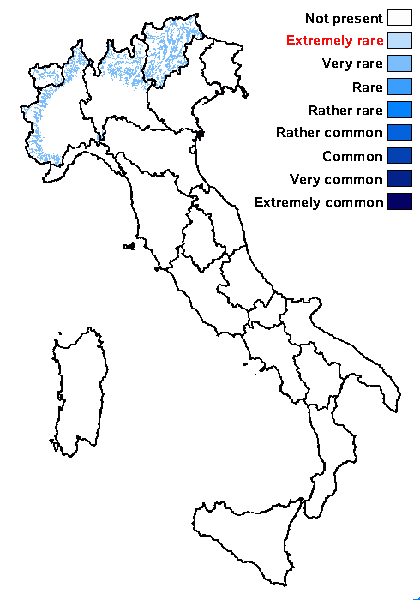
Predictive model
Herbarium samples
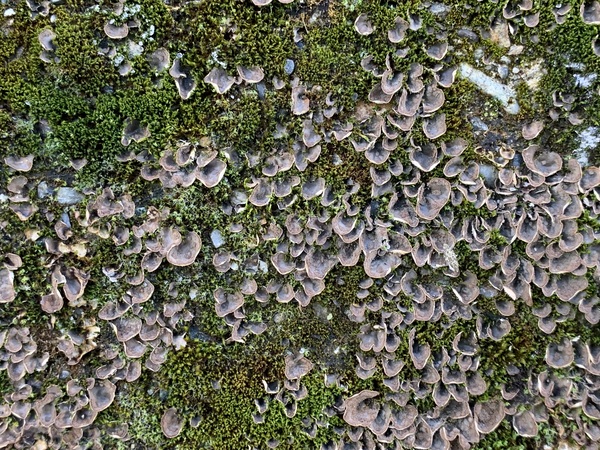
Gabriele Gheza - https://lichenidilombardia.home.blog/
Italy, Lombarida, Sondrio, Val Gerola, Nasoncio, 1087 m
27/08/2019
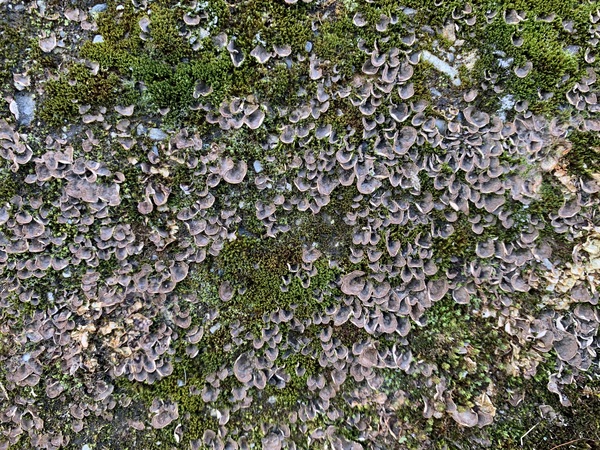
Gabriele Gheza - https://lichenidilombardia.home.blog/
Italy, Lombarida, Sondrio, Val Gerola, Nasoncio, 1087 m
27/08/2019

Gabriele Gheza - https://lichenidilombardia.home.blog/
Italy, Lombarida, Sondrio, Val Gerola, Nasoncio, 1087 m
27/08/2019
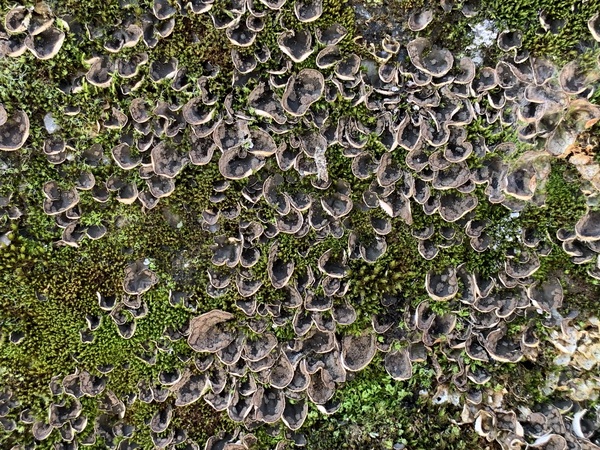
Gabriele Gheza - https://lichenidilombardia.home.blog/
Italy, Lombarida, Sondrio, Val Gerola, Nasoncio, 1087 m
27/08/2019
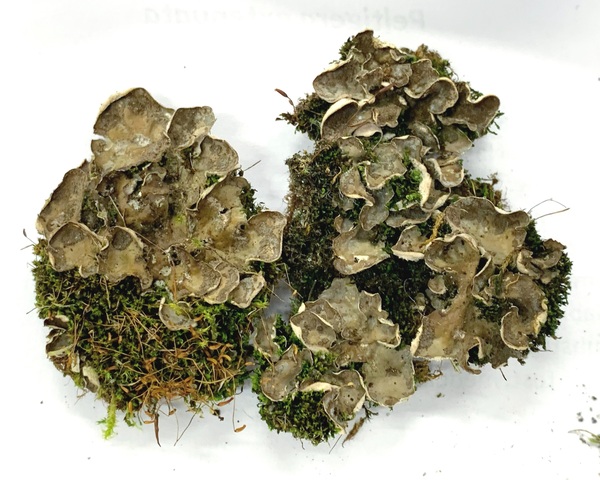
Gabriele Gheza - https://lichenidilombardia.home.blog/
Italy, Lombarida, Sondrio, Val Gerola, Nasoncio, 1087 m
27/08/2019
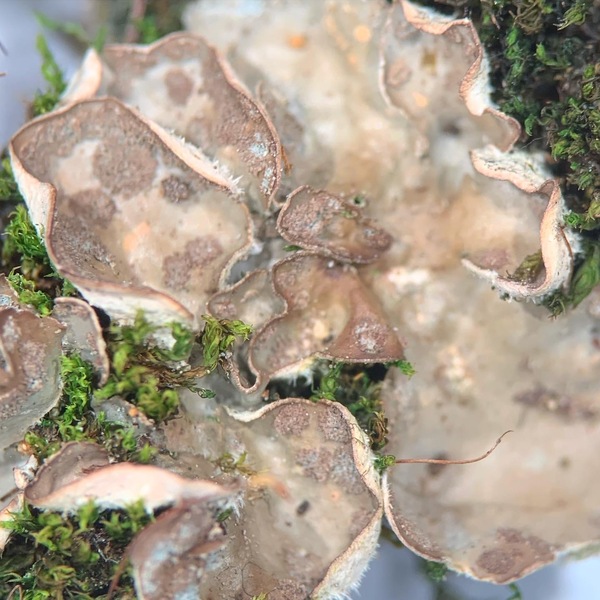
Gabriele Gheza - https://lichenidilombardia.home.blog/
Italy, Lombarida, Sondrio, Val Gerola, Nasoncio, 1087 m
27/08/2019
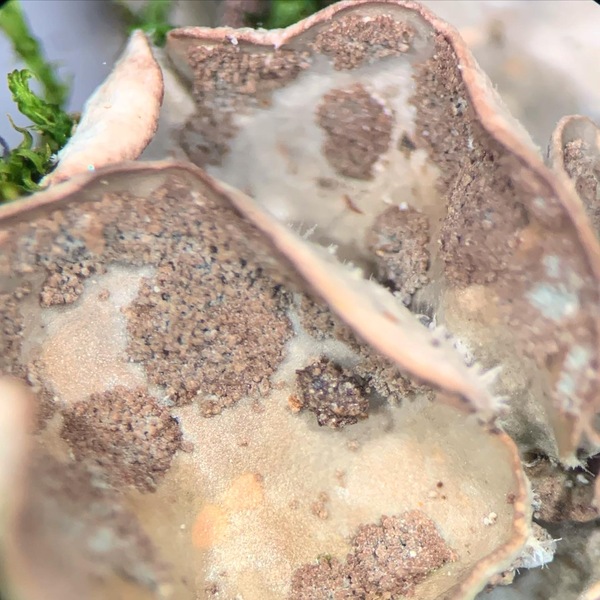
Gabriele Gheza - https://lichenidilombardia.home.blog/
Italy, Lombarida, Sondrio, Val Gerola, Nasoncio, 1087 m
27/08/2019
Growth form: Foliose, broad lobed
Substrata: soil, terricolous mosses, and plant debris
Photobiont: cyanobacteria, filamentous (e.g. Nostoc, Scytonema)
Reproductive strategy: mainly asexual, by soredia, or soredia-like structures (e.g. blastidia)
Pioneer species
Commonnes-rarity: (info)
Alpine belt: absent
Subalpine belt: absent
Oromediterranean belt: absent
Montane belt: very rare
Submediterranean belt: absent
Padanian area: absent
Humid submediterranean belt: absent
Humid mediterranean belt: absent
Dry mediterranean belt: absent

Predictive model
| Herbarium samples |

Gabriele Gheza - https://lichenidilombardia.home.blog/
Italy, Lombarida, Sondrio, Val Gerola, Nasoncio, 1087 m
27/08/2019

Gabriele Gheza - https://lichenidilombardia.home.blog/
Italy, Lombarida, Sondrio, Val Gerola, Nasoncio, 1087 m
27/08/2019

Gabriele Gheza - https://lichenidilombardia.home.blog/
Italy, Lombarida, Sondrio, Val Gerola, Nasoncio, 1087 m
27/08/2019

Gabriele Gheza - https://lichenidilombardia.home.blog/
Italy, Lombarida, Sondrio, Val Gerola, Nasoncio, 1087 m
27/08/2019

Gabriele Gheza - https://lichenidilombardia.home.blog/
Italy, Lombarida, Sondrio, Val Gerola, Nasoncio, 1087 m
27/08/2019

Gabriele Gheza - https://lichenidilombardia.home.blog/
Italy, Lombarida, Sondrio, Val Gerola, Nasoncio, 1087 m
27/08/2019

 Index Fungorum
Index Fungorum
 GBIF
GBIF

